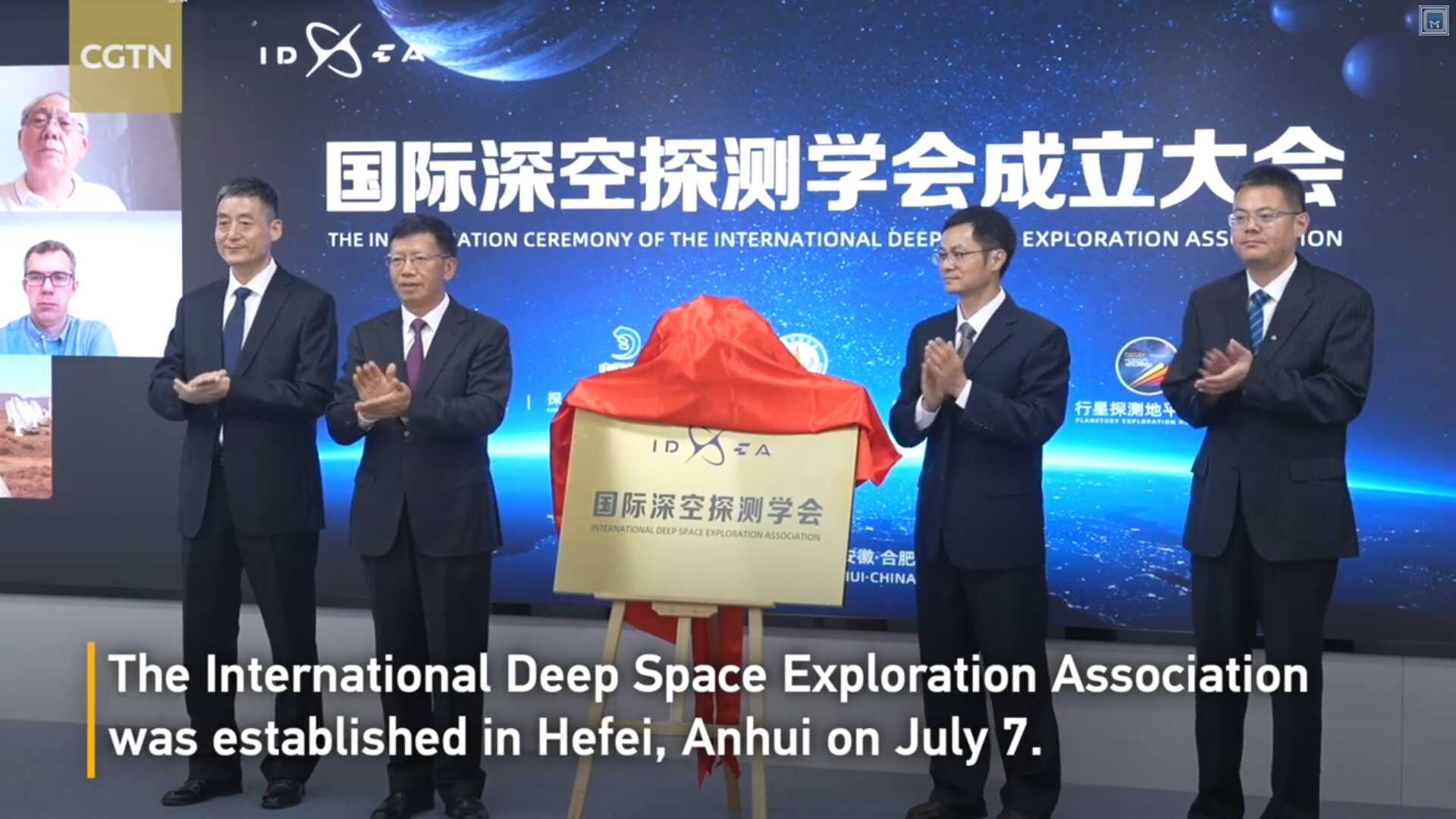
On June 11, researchers from the Xinjiang Institute of Ecology and Geography (XIEG) of the Chinese Academy of Sciences unveiled the Land Cover Atlas of Five Central Asian Countries (1990–2020) at the second Belt and Road Conference on Science and Technology Exchange. This atlas is the first bilingual (Chinese and Russian) professional land cover atlas for Central Asia, compiled by Chinese researchers.
View MoreResearchers from the Institute of Modern Physics (IMP) of the Chinese Academy of Sciences have precisely measured for the first time the mass of an extremely short-lived and neutron-deficient nucleus, silicon-22, revealing that the proton number 14 in silicon-22 is a new magic number.
Researchers at the Institute of Modern Physics of the Chinese Academy of Sciences confirmed that the fully stripped heavy ion-atom collision is an effective way to produce heavy hollow atoms in high yield. They have also developed a high-resolution planar crystal spectrometer to measure the fine structure of inner-shell multi-ionization ion X-rays.
Prof. YAO Baoli from the Xi’an Institute of Optics and Precision Mechanics of the Chinese Academy of Sciences and Prof. Olivier J. F. Martin from Swiss Federal Institute of Technology Lausanne developed the optical tweezer sectioning microscopy, enabling all-optical 3D imaging of suspended live cells, which offers a powerful new tool for in live-cell imaging, dynamic biological studies and multicellular assembly.
A research team led by Prof. LIU Zhenfeng from the Institute of Biophysics of the Chinese Academy of Sciences has solved four high-resolution cryo-electron microscopy (cryo-EM) structures that unveil how a critical protein, Thylakoid Enriched Fraction 30 (TEF30), facilitates the repair and assembly of PSII in Chlamydomonas reinhardtii, a model green alga.

China's first international academic organization in the deep space sector was just set up in Hefei City, Anhui Province, on July 7. It aims to foster closer exchanges and collaboration in the space sector.
Chinese scientists have developed a dataset on cultivated pastures of the Qinghai-Xizang Plateau using satellite remote sensing data to enhance ecological protection of "the roof of the world." The study about the dataset was conducted by researchers from Lanzhou University, Peking University and the Chinese Academy of Sciences, with the findings published in the journal Earth System Science Data.
Residents of Hefei say the city has two suns -- one suspends in the sky and the other lies in an industrial park in the city's suburb. Hefei, capital of east China's Anhui Province, is home to the Experimental Advanced Superconducting Tokamak (EAST). It has been dubbed China's "artificial sun" due to its unique fusion process, which simulates that of the sun. This facility lies at the heart of the country's quest for commercial fusion power, an almost inexhaustible source of clean energy.
Over 400 archival items illuminating China's journey to become a global force in airborne remote sensing are going on public display in Beijing, showcasing four decades of innovation spearheaded by the Chinese Academy of Sciences (CAS). The month-long exhibition, organized by the CAS Aerospace Information Research Institute, opened on Tuesday at the CAS Beijing new technology base.

06
Aug, 2025Kashi, Xinjiang

86-10-68597521 (day)
86-10-68597289 (night)

52 Sanlihe Rd., Xicheng District,
Beijing, China (100864)

